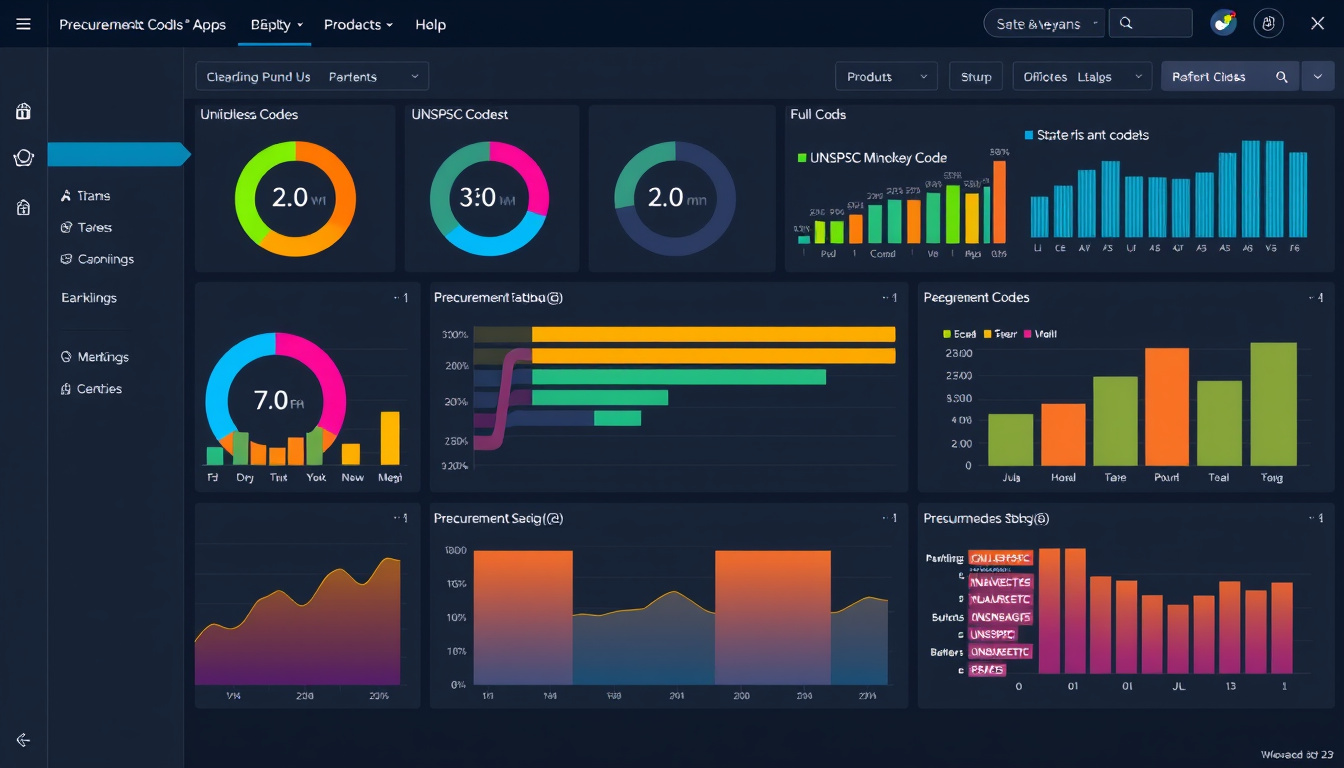Understanding industry classification is essential for businesses aiming to position themselves strategically in competitive markets. Industry classification refers to the systematic categorization of industries and companies based on their primary business activities. This process not only helps in organizing economic data but also plays a pivotal role in shaping business strategies and driving sustainable growth. In this article, we dive deep into what industry classification is, why it matters, and how leveraging it can provide a competitive advantage.
What Is Industry Classification?
Industry classification is the method of grouping companies into categories based on the products or services they provide. These classifications use standardized codes and taxonomies such as the North American Industry Classification System (NAICS), the United Nations Standard Products and Services Code (UNSPSC), International Standard Industrial Classification (ISIC), Harmonized System (HS), and ETIM for technical products.
Organizations, governments, and analysts use these classifications for accurate economic analysis, taxation, policy-making, and market research. For instance, NAICS is widely used in North America for recognizing business sectors, while UNSPSC provides an international standardized vocabulary for products and services.
Why Industry Classification Matters to Businesses
The concept of industry classification isn’t just about labeling businesses—its implications extend to strategic decision-making and resource allocation.
- Competitive Analysis: By understanding which sector they belong to and how peers are classified, companies can benchmark performance and identify industry trends.
- Market Segmentation and Targeting: Classification helps businesses pinpoint target markets and tailor their marketing strategies accordingly.
- Investment and Funding: Investors often analyze industry classifications to diversify portfolios and mitigate sector-specific risks.
- Regulatory Compliance: Many regulations are industry-specific, and classification helps companies ensure they meet legal obligations.
- Supply Chain Management: Classifying suppliers and products using standards like UNSPSC enables companies to streamline procurement and reduce costs.
Popular Industry Classification Systems
Each classification system has its unique features and global or regional relevance. Here’s a quick overview:
-
NAICS (North American Industry Classification System)
Mainly used in the U.S., Canada, and Mexico, NAICS categorizes businesses into 20 sectors and hundreds of subsectors, enabling detailed economic and statistical analysis. -
UNSPSC (United Nations Standard Products and Services Code)
An open global standard primarily for products and services, used by procurement professionals to classify spend categories. -
ISIC (International Standard Industrial Classification)
Developed by the United Nations, ISIC categorizes all economic activities and is often used in international economic statistics. -
HS (Harmonized System)
Used worldwide for customs tariffs and trade statistics, HS codes classify goods based on their nature and use. -
ETIM (ElectroTechnical Information Model)
Focused on technical products, especially electrical and electronic goods, ETIM facilitates data exchange and product classification in technical industries.
If you need to quickly identify or validate the appropriate codes from descriptions of your business activities or products, tools like Classifast.com offer instant classification and category search across many of these systems. This service is ideal for businesses looking to streamline compliance, procurement, or market analysis efforts without dedicating time to manual research.
How Industry Classification Shapes Business Strategy
Effective business strategy hinges on understanding both internal capabilities and external market conditions. Industry classification influences strategy in several ways:
Market Positioning and Competitive Differentiation
Knowing your industry classification helps you identify direct competitors, potential market entrants, and substitutes. It also clarifies customer expectations within that industry and highlights unmet needs or innovation opportunities.
Product Development and Innovation
By examining how industries are defined and segmented, businesses can discover adjacent markets or specialized niches. This insight directs research and development toward products that match or create demand within specific classifications.

Strategic Partnerships and Mergers
Industry classifications provide a blueprint for identifying potential partners and acquisitions that complement or expand capabilities. Companies often look for synergy within or across closely related categories to maximize competitive advantage.
Risk Management and Compliance
Certain industry classifications enable businesses to anticipate regulatory changes or economic risks that impact their sector. For example, environmental regulations may be more stringent in manufacturing industries, affecting operational costs and strategy.
Using Industry Classification to Drive Growth: Best Practices
To fully leverage the power of industry classification, companies can follow these best practices:
-
Regularly Update Industry Codes
Ensure that classifications reflect the current business scope. Companies often evolve, and misclassification can lead to incorrect market intelligence or even compliance issues. -
Leverage Data Analytics
Combine classification data with market trends to predict opportunities and threats. Using business intelligence tools can highlight gaps or emerging customer segments. -
Integrate Classification into Procurement and Sales
Use classification standards such as UNSPSC to organize catalogs and vendor data, improving purchasing decisions and customer targeting. -
Utilize Automated Tools
Services like Classifast.com simplify finding the right classification codes from textual descriptions, saving time and increasing accuracy.
Advantages of Automating Industry Classification
Manual classification can be error-prone and time-consuming. Automation brings several advantages:
- Accuracy: Reduces misclassification risks due to human error.
- Speed: Provides instant results even for complex or ambiguous descriptions.
- Scalability: Handles large datasets effortlessly—critical for enterprises with extensive product lines or subsidiaries.
- Compliance: Keeps classification aligned with the latest international standards.
Industry Classification in Statistical Analysis and Reporting
Governments and international bodies rely on standardized industry classifications to produce meaningful economic statistics. For example, the U.S. Bureau of Labor Statistics uses NAICS to analyze employment trends sector by sector (source: Bureau of Labor Statistics). Likewise, companies use industry classifications for sustainability reporting, investor relations, and reporting to regulatory agencies.
Checklist: What to Consider When Using Industry Classification in Your Business
- Identify the classification systems most relevant to your region and business scope.
- Classify all your products, services, and activities accurately using accepted codes.
- Use automation tools like Classifast.com for efficiency and consistency.
- Align your marketing and sales efforts based on your defined classifications.
- Monitor changes in classifications and update your data frequently.
- Analyze classification-based market data to inform strategic decisions.
FAQ Section
Q1: What is the main purpose of industry classification?
Industry classification primarily organizes businesses and economic activities into defined categories, enabling better analysis, compliance, and strategic decision-making.
Q2: How can small businesses benefit from industry classification?
Small businesses gain competitive insights, improve targeting, and ensure regulatory compliance by knowing their industry classification and using tools to identify accurate codes.
Q3: Are industry classification systems globally standardized?
While some systems like UNSPSC and ISIC have international scope, others such as NAICS are region-specific. It’s important to select classifications that match your business geography and purpose.
Conclusion: Harness Industry Classification to Accelerate Your Business Growth
Industry classification is far more than an administrative necessity—it is a strategic tool that impacts every facet of your business, from marketing and product development to compliance and investment. Embracing and continuously refining your understanding of your industry classification will arm you with competitive intelligence, streamline your operations, and uncover growth opportunities.
For businesses seeking a fast, reliable way to classify products and services accurately, leveraging tools like Classifast.com offers a distinct advantage. By integrating such technologies into your workflow, you ensure compliance and maximize strategic insights with minimal effort.
Take control of your business’s future today by mastering industry classification—your roadmap to informed decisions and sustainable growth.
Click here to quickly find category codes from NAICS or from many other industry standards.


